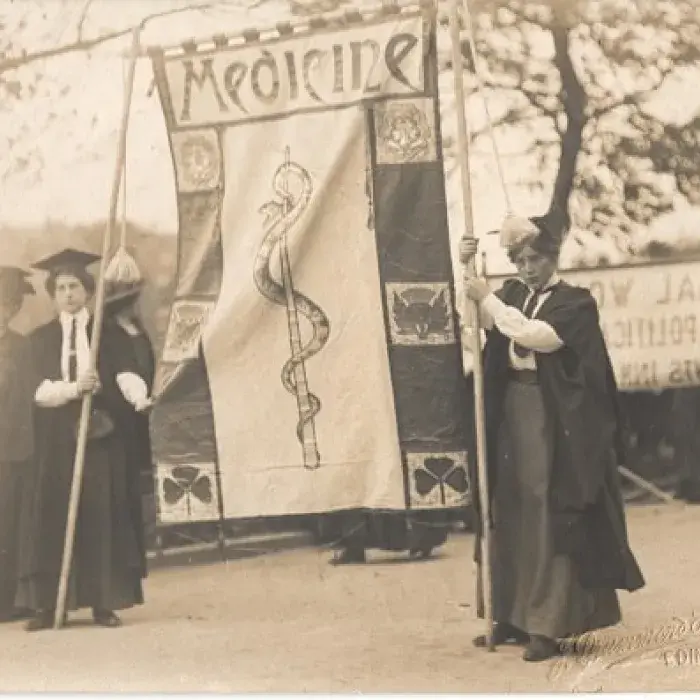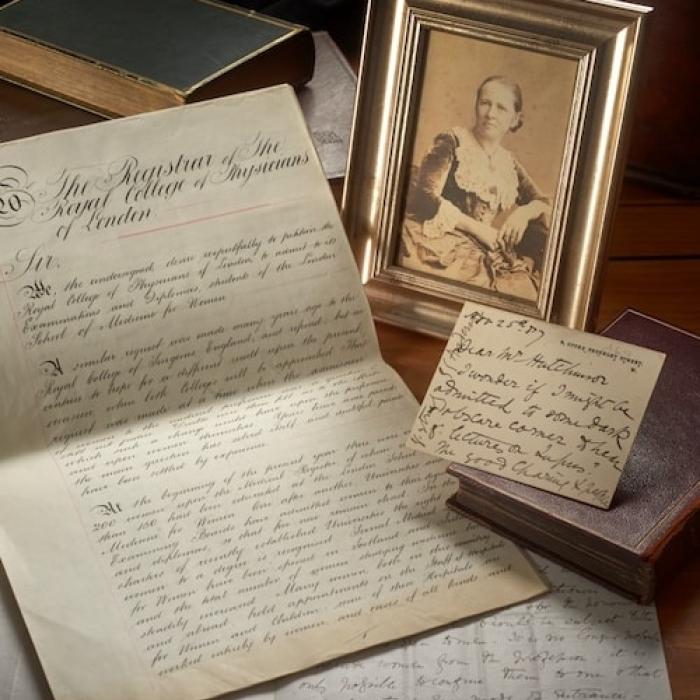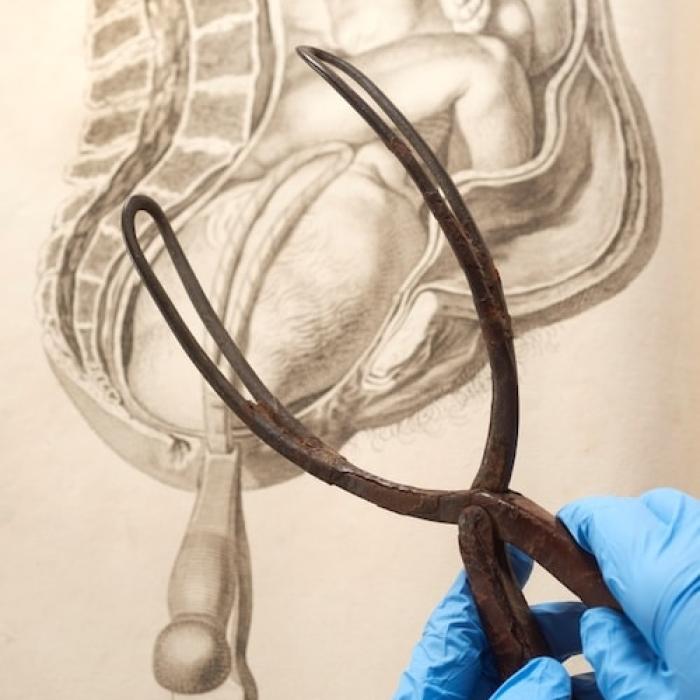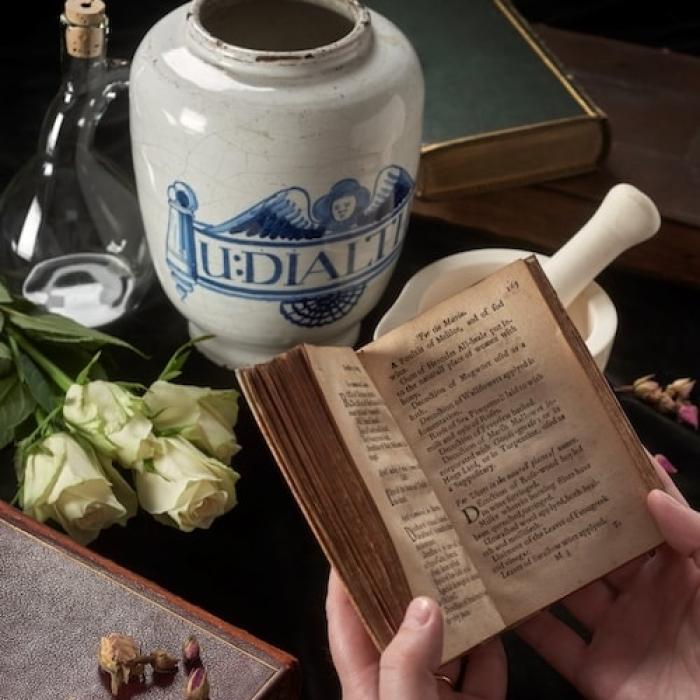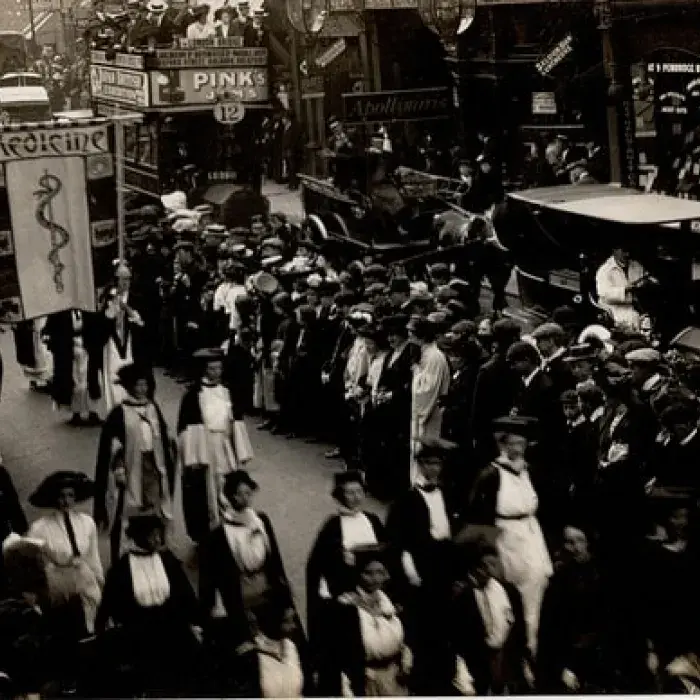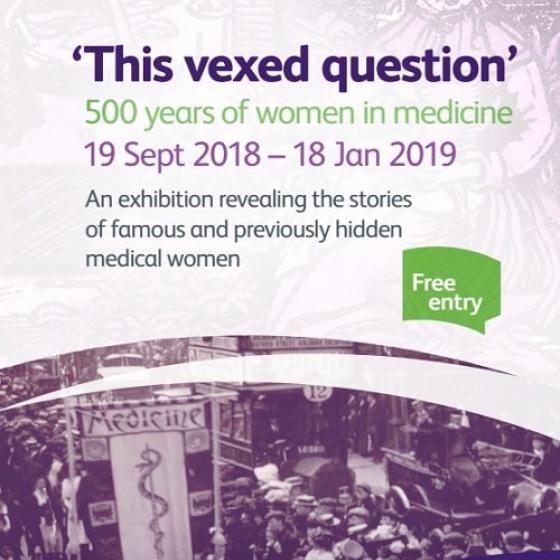Related pages
Object lessons: how do we represent today's women doctors?
In September 2018 the RCP museum launches a new exhibition, ‘This vexed question’: 500 years of women in medicine. The museum invites physicians to suggest what objects represent the lives of women doctors today.
Challenging 500 years of medical history: answering the vexed question of women in medicine
Dr Kristin Hussey, lead curator of the RCP's upcoming exhibition 'This vexed question: 500 years of women in medicine', discusses what its highlights are, the pieces that shocked her, and the importance of highlighting the history of women in medicine.
Dr Attracta Rewcastle: The Navy’s first Female Doctor
As part of our season of posts about women’s history, today we welcome Katherine McAlpine, writing about the first female commissioned officer in the Royal Navy, Attracta Rewcastle.
Wartime nursing: women on the frontlines
As part of our season of posts about women’s history, today we welcome Holly Carter-Chappell, collections officer at the Florence Nightingale Museum, writing about nursing during the First World War.
Mother will make it better: targeting women in healthcare advertising
Gendered advertising is a very current issue, and it has a long history in medicine and pharmacy. Matthew Johnston explores some adverts playing on concepts of motherhood in the Royal Pharmaceutical Society museum collection.



